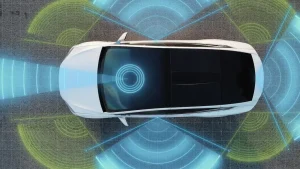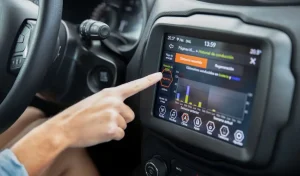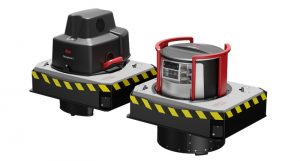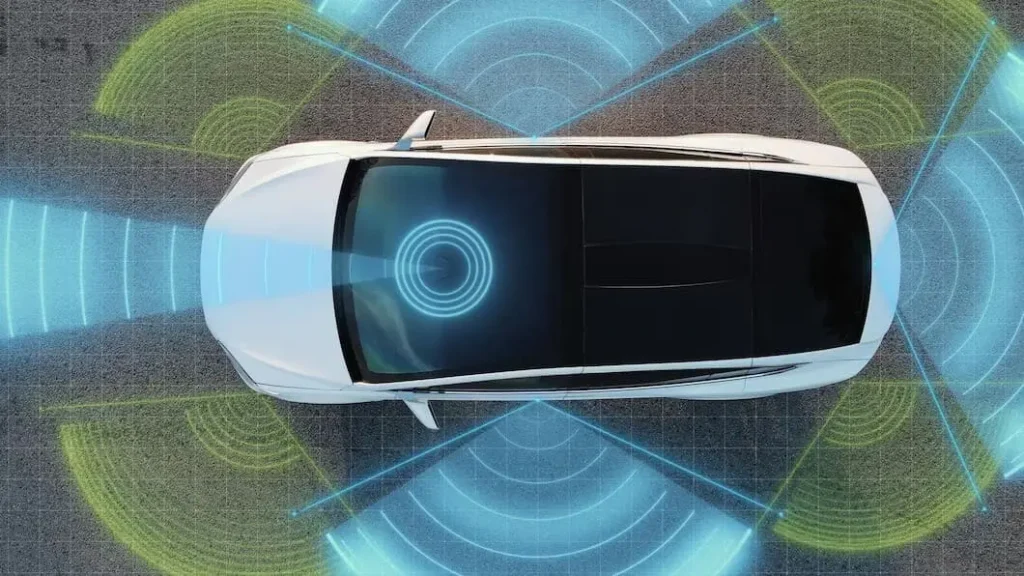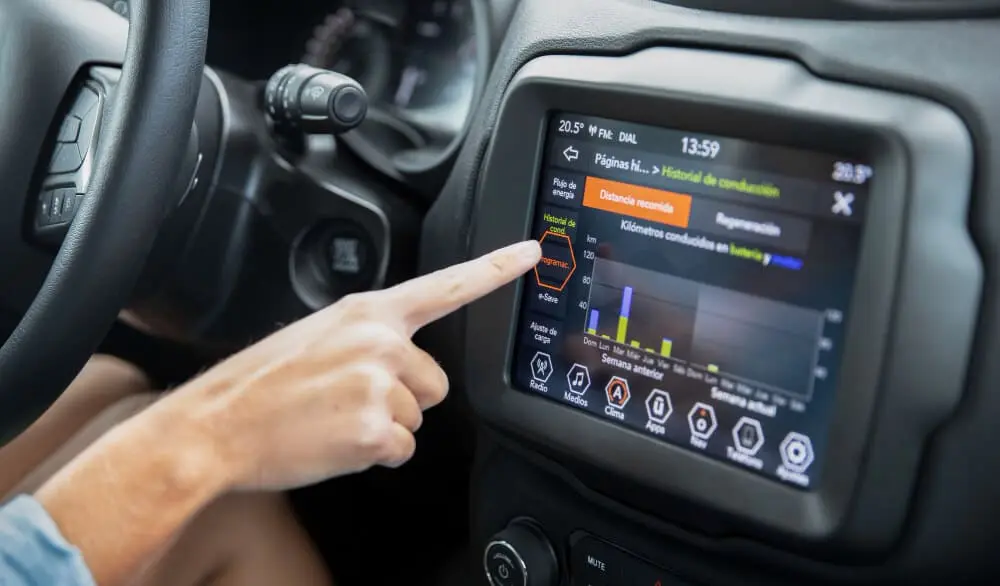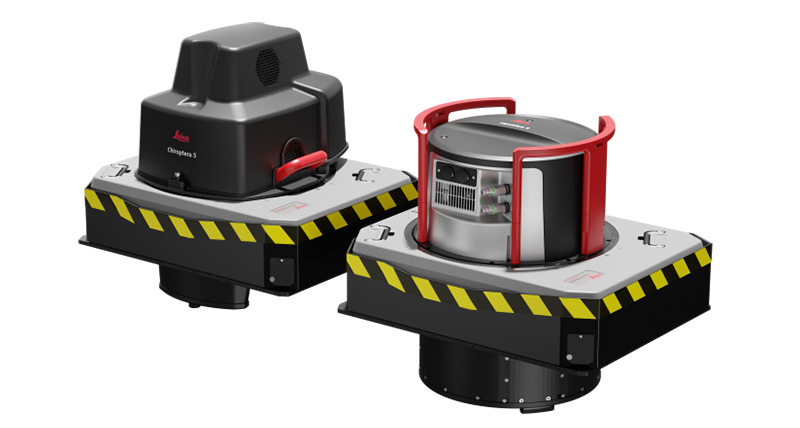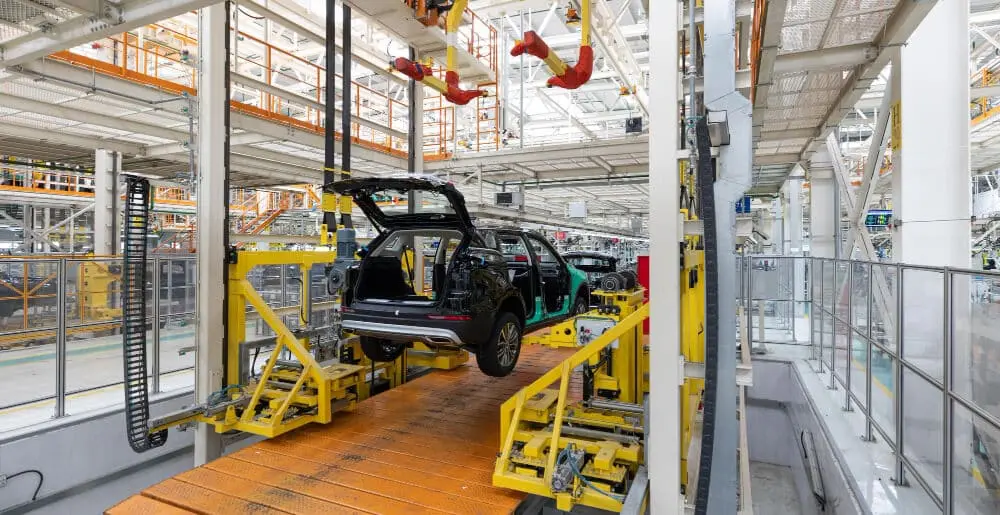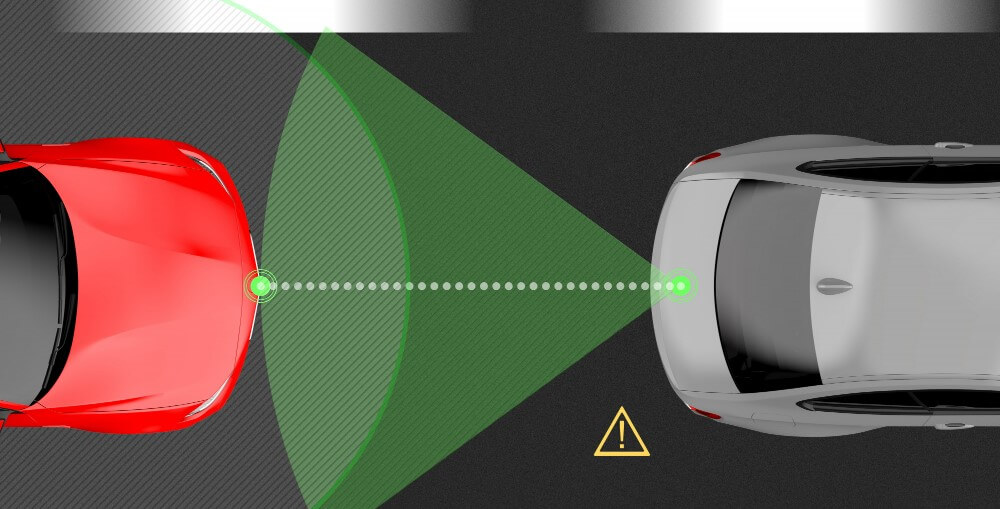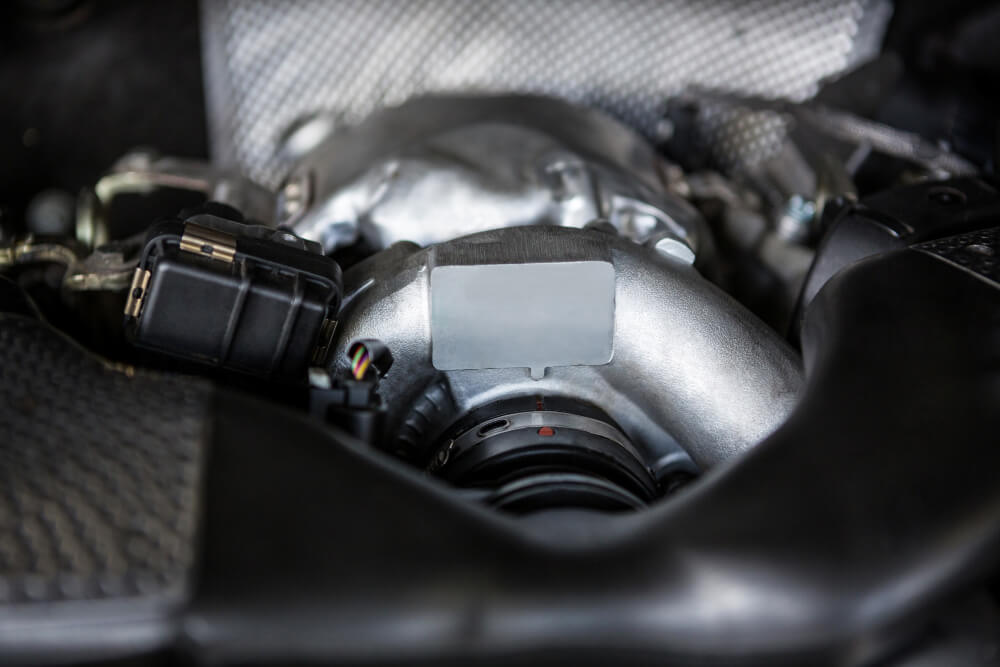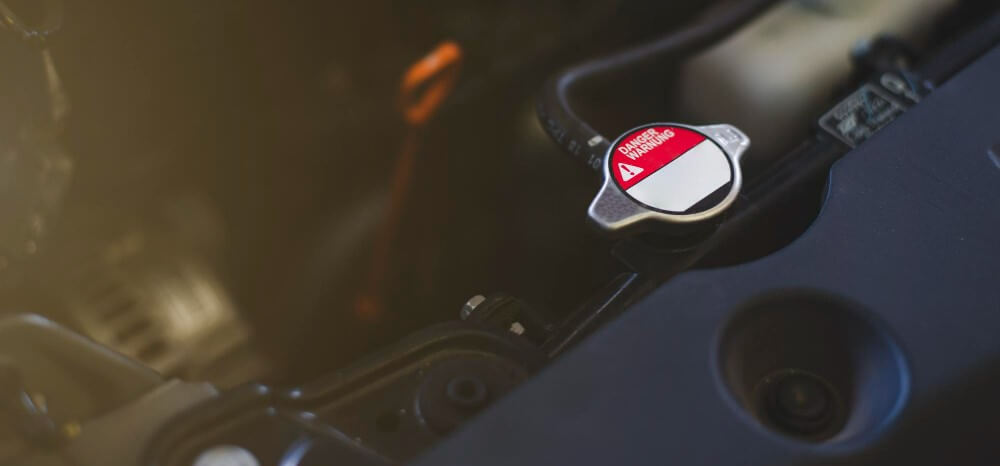Laser processing is a rapidly growing technology revolutionizing manufacturing and production processes. Its accuracy, high speeds, and efficiency make it an attractive option for businesses looking to reduce costs and increase production capacity. Precision laser processing is an evolution of technology that opens up a world of business possibilities.
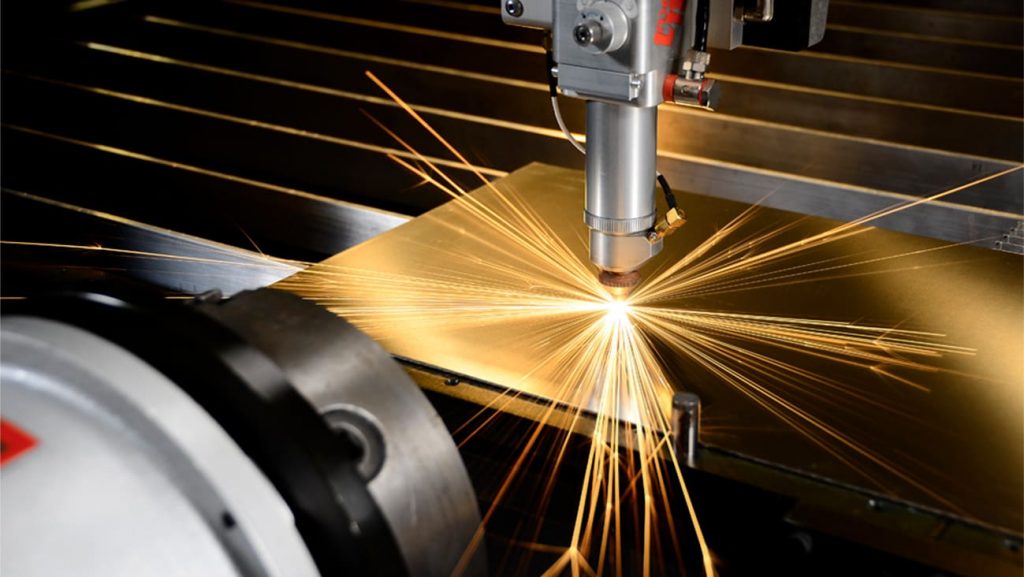
By utilizing the latest advances in laser technology, businesses can achieve even higher levels of precision and accuracy, allowing for new, cutting-edge designs and product features.
This blog post will explore the possibilities of laser processing precision, from the technology to its potential applications.
We will discuss the benefits of the technology and what businesses can gain from its implementation.
Finally, we will explore how precision laser cutting processing can transform traditional manufacturing and production practices, improving efficiency and reducing costs.
So, without further ado, let’s look at the possibilities of accurate laser cutting industries.
Overview of the Technology
It is a method of machining and cutting materials. It is often used in the production of industrial components and products.
The heat of the laser vaporizes a portion of that portion of the material, which then is cut away.
Definition of Precision Laser Processing
Precision laser services use a laser to cut, drill, or weld materials with high accuracy. This processing method is used in various industries, from automotive and aircraft manufacturing to medical device production.
It is especially advantageous for applications that require intricate shapes, intricate cutting lines, or very small holes with consistent accuracy. The laser beam can be adjusted to various settings, allowing for tight tolerance control and repeatability.
The hard materials often processed with a laser include plastics, metals, ceramics, and composites. Laser processing is also used to create micro-structures and can be used to create three-dimensional objects.
Pros and Cons of Precision Laser Processing
Precision laser processing is a highly precise and accurate method of cutting, drilling, and shaping various materials. However, like any technology, there are both pros and cons to using this method.
Pros:
- High precision and accuracy: Laser beams can be focused to very small diameters, allowing for precise cuts and shapes with minimal material loss.
- Versatility: Precision laser processing can be used on various materials, including metals, plastics, ceramics, and composites.
- Low heat distortion: Laser processing produces minimal heat, so the material being worked on is less likely to be distorted and warped.
- Minimal material loss: The laser beam vaporizes or melts away only small amounts of material, minimizing waste.
- Automation: Many laser processing machines can be programmed and automated, increasing efficiency and reducing labour costs.
Cons:
- High initial cost: Precision laser processing equipment can be expensive, making it cost-prohibitive for some small businesses or low-volume applications.
- Safety concerns: The intense laser beam can be dangerous, and safety precautions must take to protect workers from injury.
- Limited thickness: Some materials may not be suitable for precision laser processing because the beam may not penetrate through the material’s thickness.
- Complexity: Precision laser processing machines and equipment can be complex and may require specialized training and maintenance.
There are some limitations and challenges to precision laser processing, but it is a powerful and versatile manufacturing technique that offers many advantages. Using this technology requires careful consideration of the pros and cons and your particular application needs.
Safety Considerations for Using Precision Laser Processing
Safety is a critical consideration when using precision laser processing technology. The intense laser beam can cause serious injuries if safety precautions are not taken.
Here are some safety considerations to keep in mind when using precision laser processing equipment:
- Eye protection: The laser beam can cause permanent eye damage, so wearing appropriate eye protection, such as safety glasses or goggles, when working with laser equipment is important.
- Protective barriers: The laser beam should be contained within a protective barrier, such as a laser safety enclosure, to prevent accidental exposure to the beam.
- Access controls: Only authorized personnel should operate or access laser processing equipment.
- Training: All personnel working with laser equipment should receive proper training on the safe use and operation of the equipment.
- Fire prevention: Laser processing can generate heat and sparks, so it is important to have fire extinguishers and other fire prevention equipment readily available.
- Maintenance: Proper equipment maintenance is critical for safety, as damaged or malfunctioning equipment can increase the risk of injury.
It’s important to note that laser safety regulations and standards vary by country and region, and it’s important to comply with all relevant regulations and guidelines.
In conclusion, precision laser processing has the potential to revolutionize many aspects of manufacturing. It is capable of providing precise cuts and controlled finishes with minimal waste.
Precision laser processing is a promising technology that could revolutionize manufacturing in the future. It will create complex shapes, fine details, and intricate patterns quickly and accurately. Its increased speed and accuracy can lead to a significant reduction in costs and an increase in efficiency.

